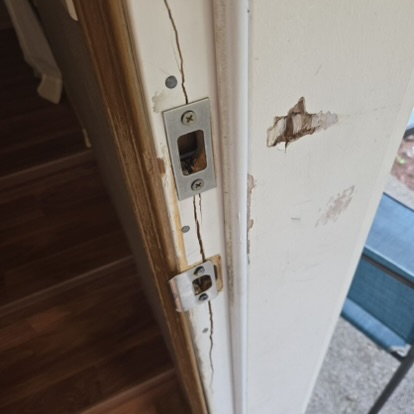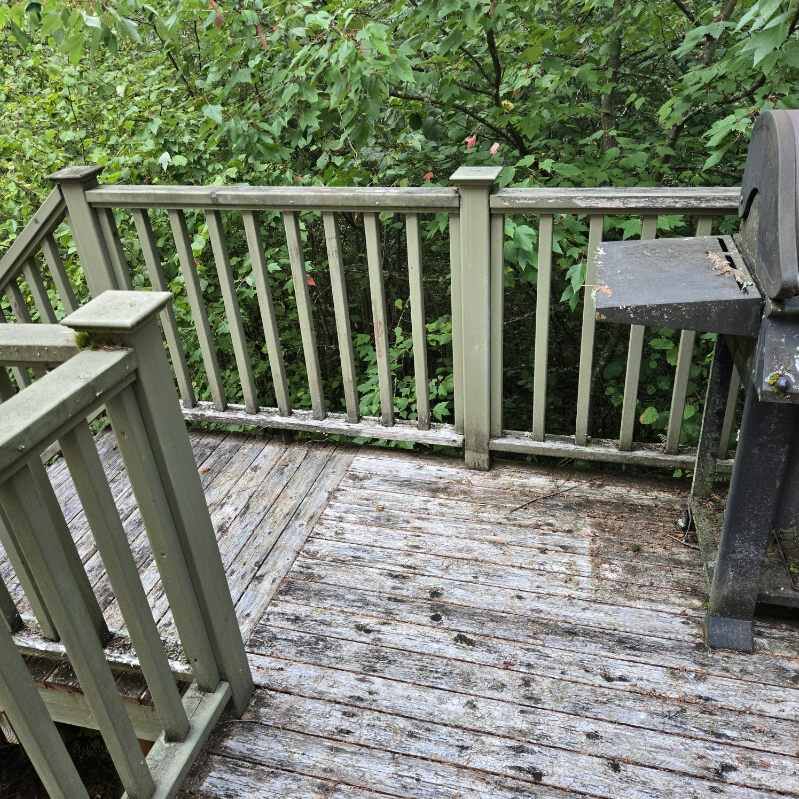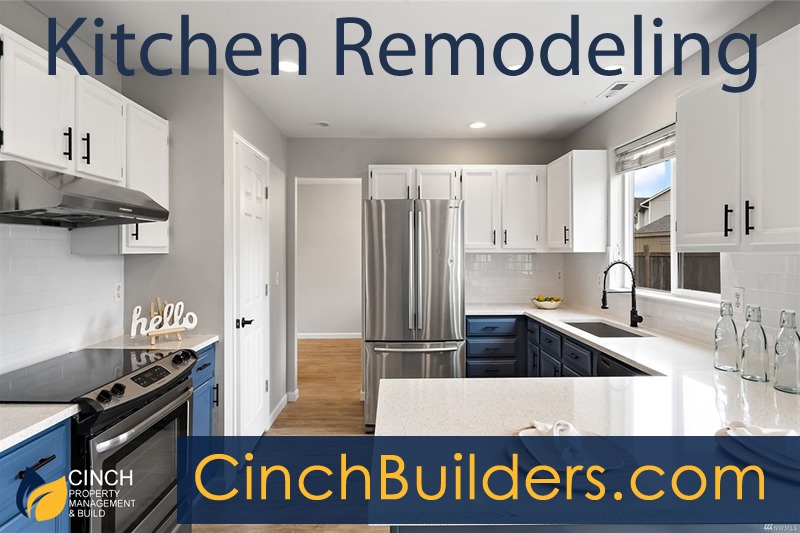Door Jamb Repair Project
Have you ever turned the handle of a door only to feel it stick or refuse to close properly? If so, you might be experiencing the frustration that comes from a damaged door jamb. For homeowners, DIY enthusiasts, and handymen alike, knowing how to repair a door jamb is an invaluable skill. Not only does it restore functionality, but it also enhances the aesthetic appeal of your home, providing a sense of completion and calm.
Experienced since 2003, Cinch Builders has steadily grown from a remodeling company in Seattle, WA, into a well-trusted and highly recommended construction company.
Today, we continue to maintain the client-first approach that has helped us flourish and insist on bringing integrity, honesty, and transparency to every job, every time.
Connect with us if you are looking for any home remodeling – call (206) 578-2480
Project details
Door Jamb Repair
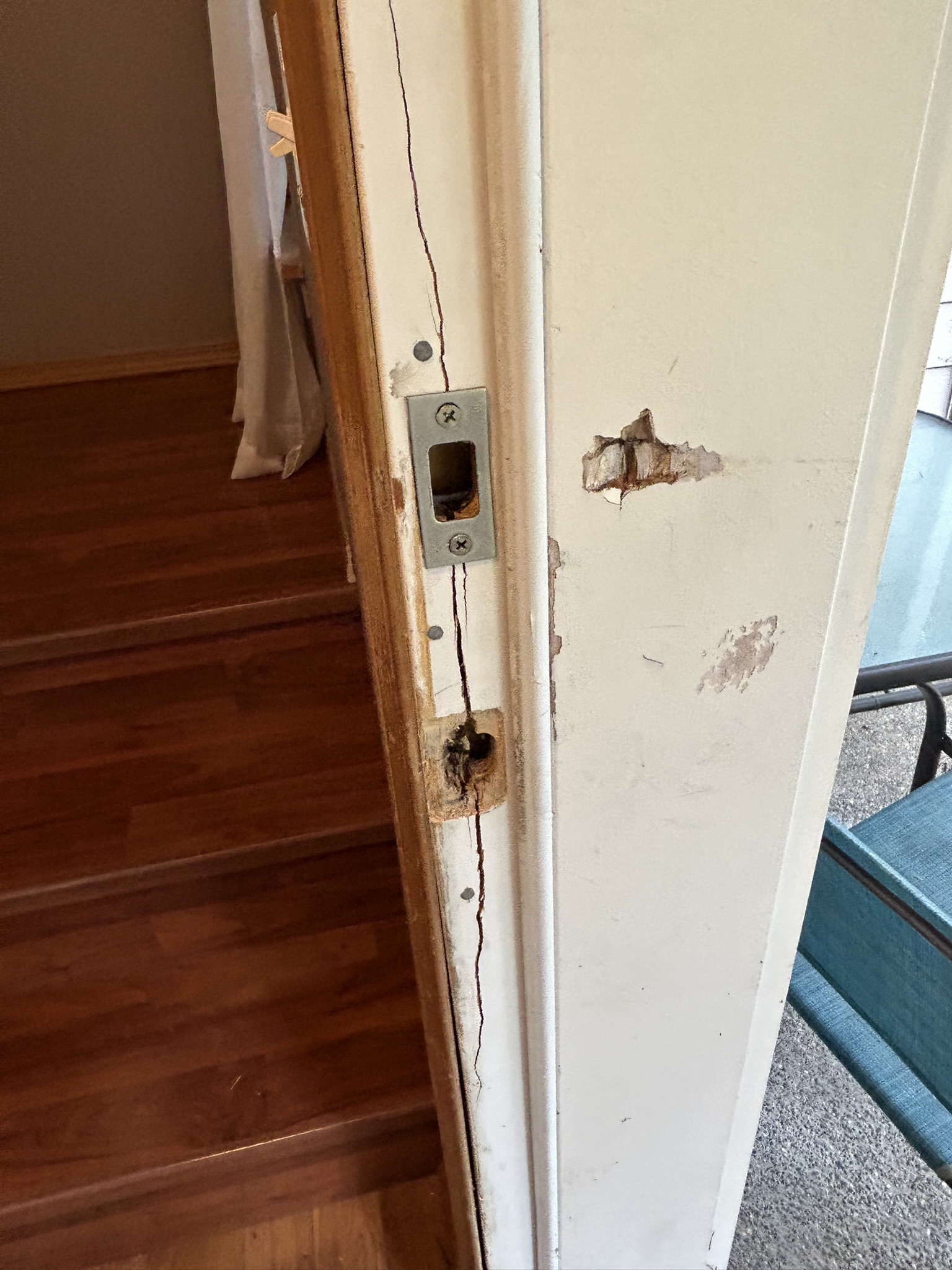
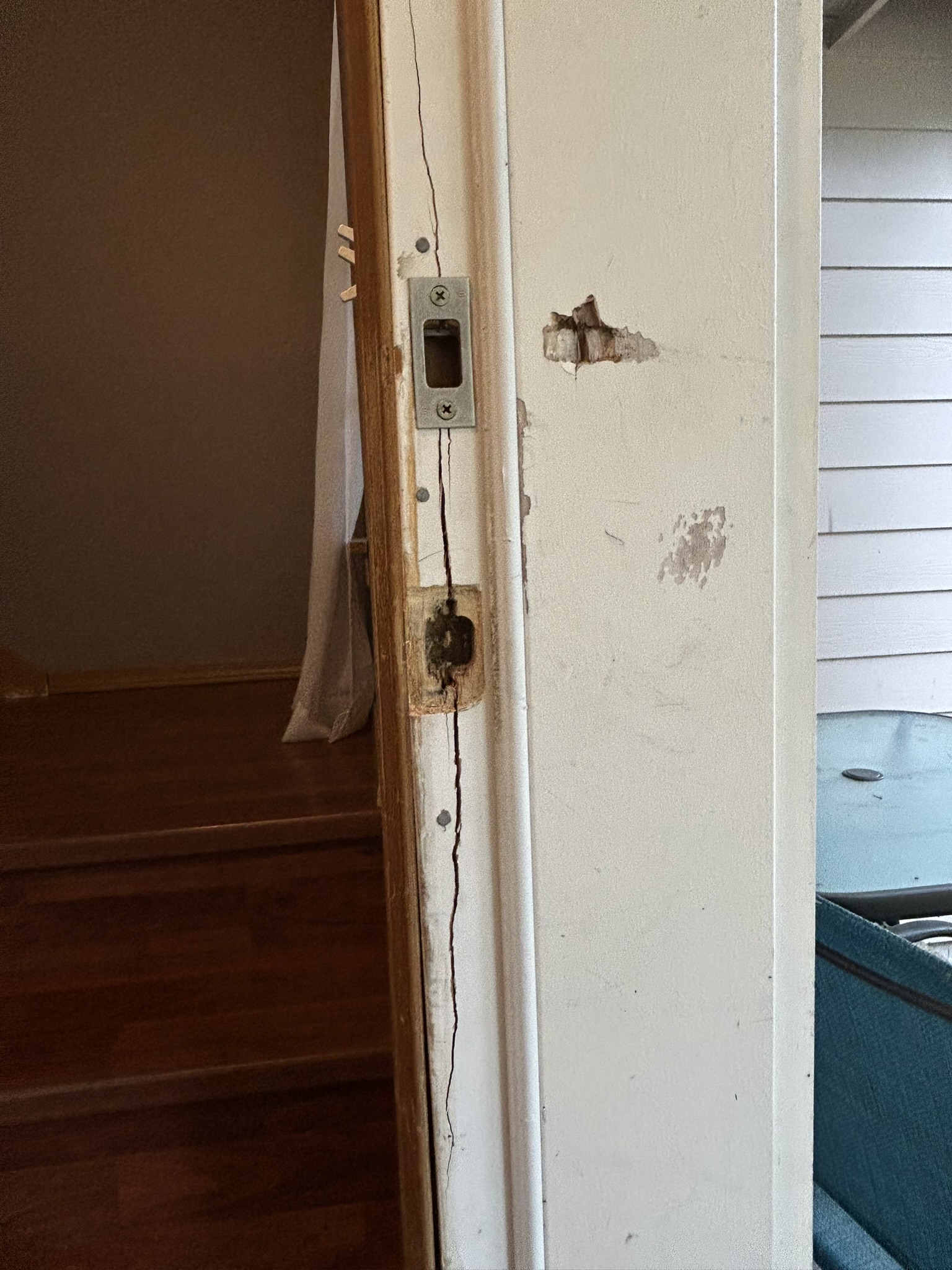

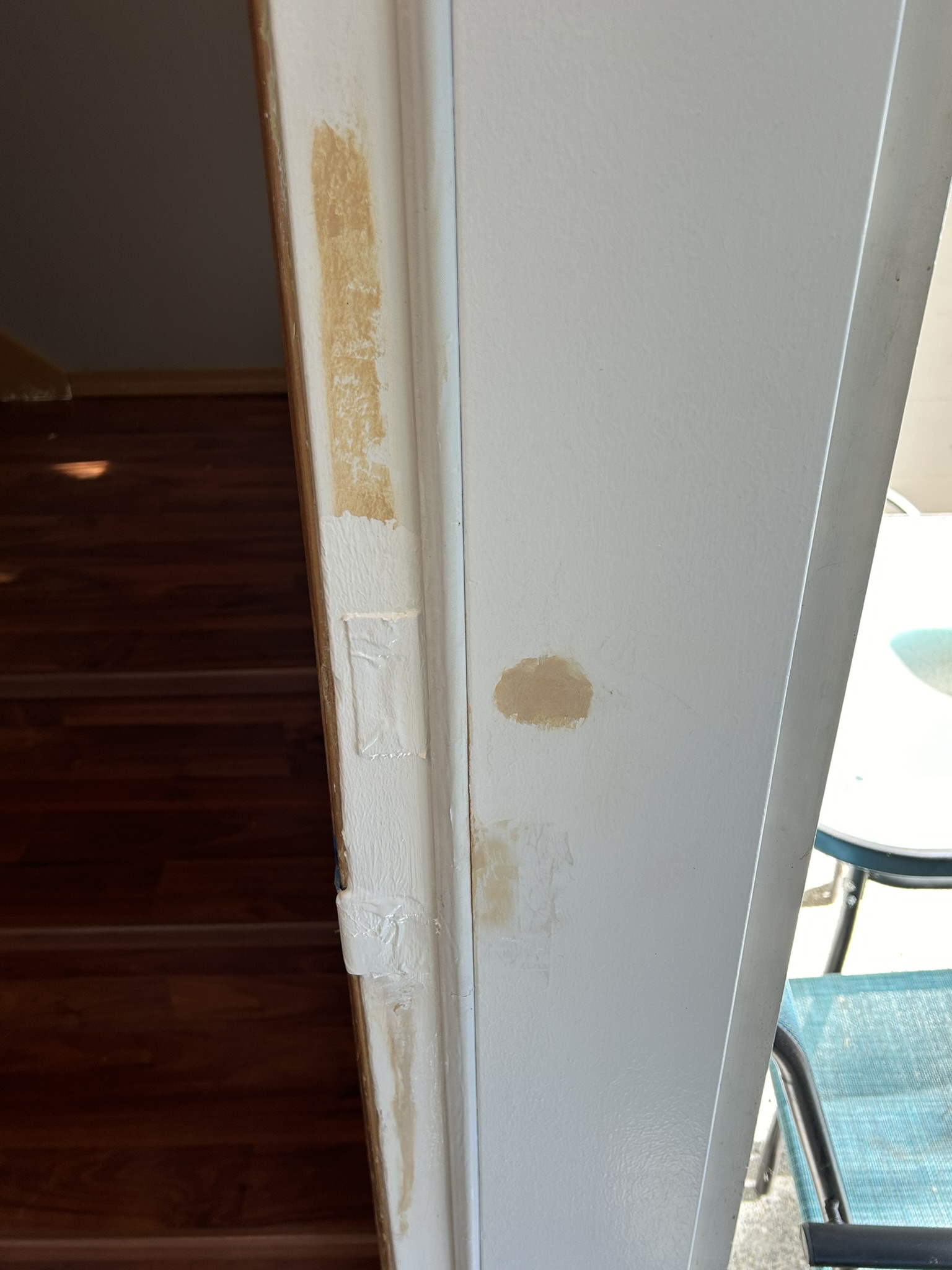
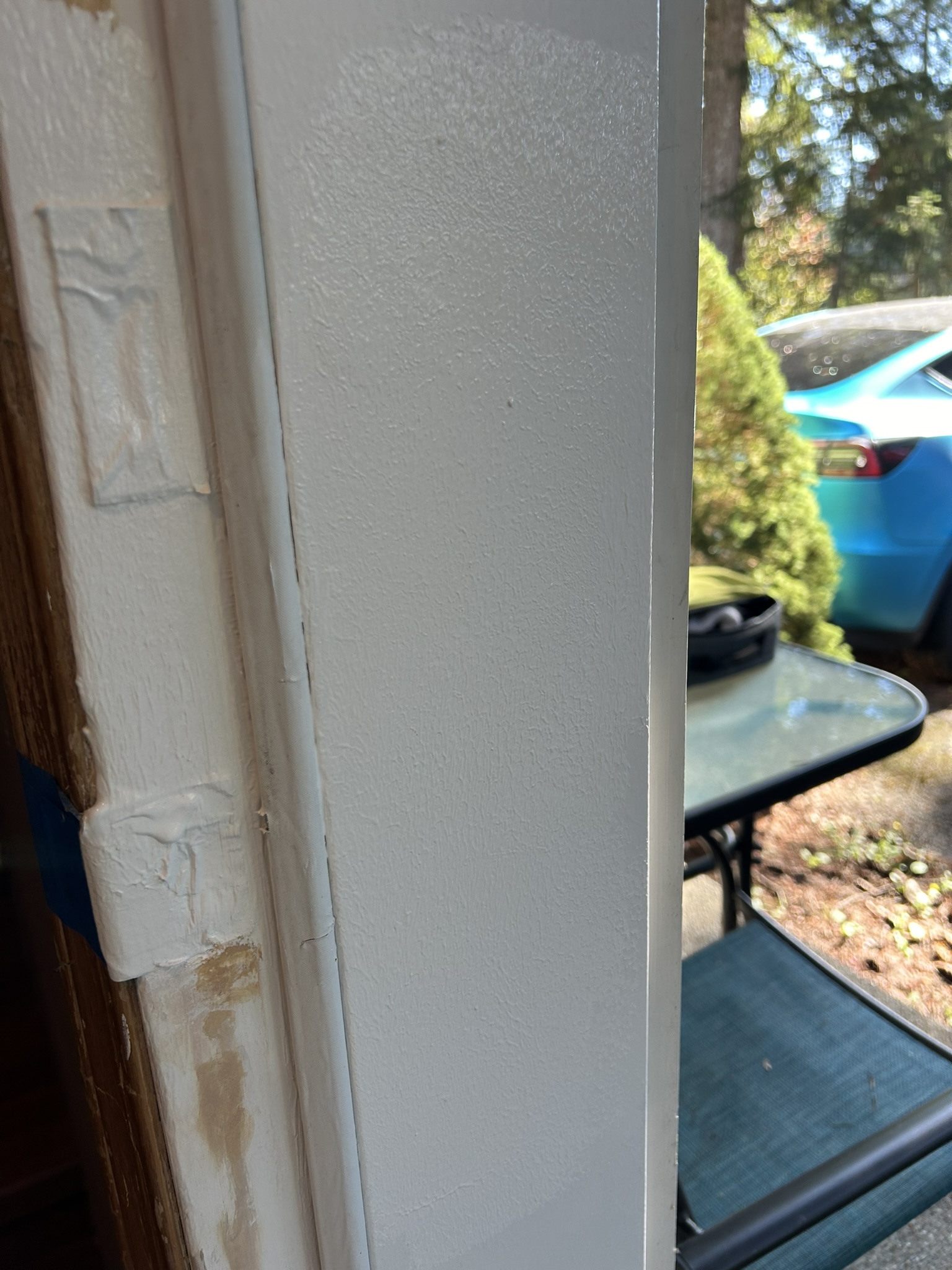


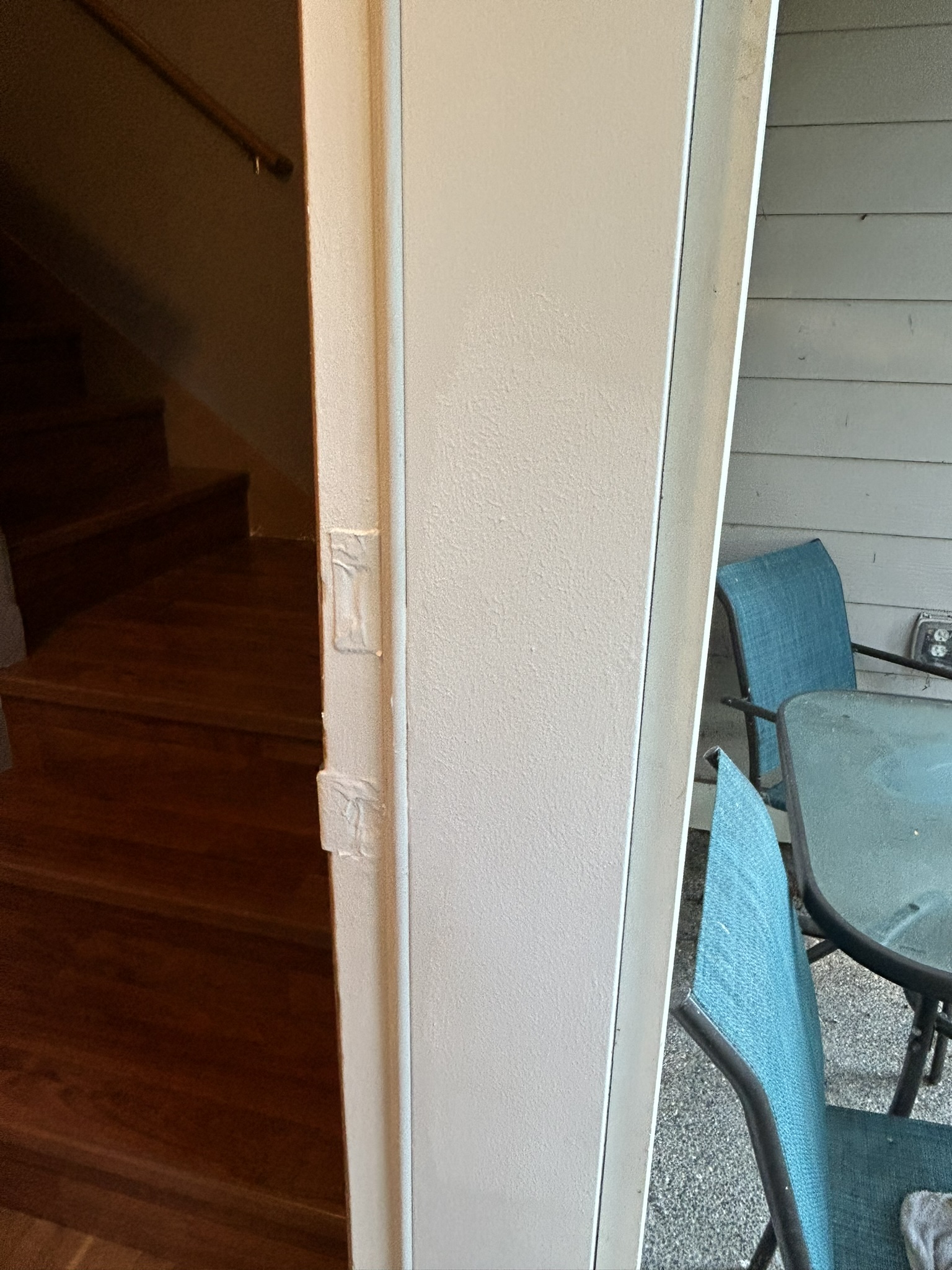
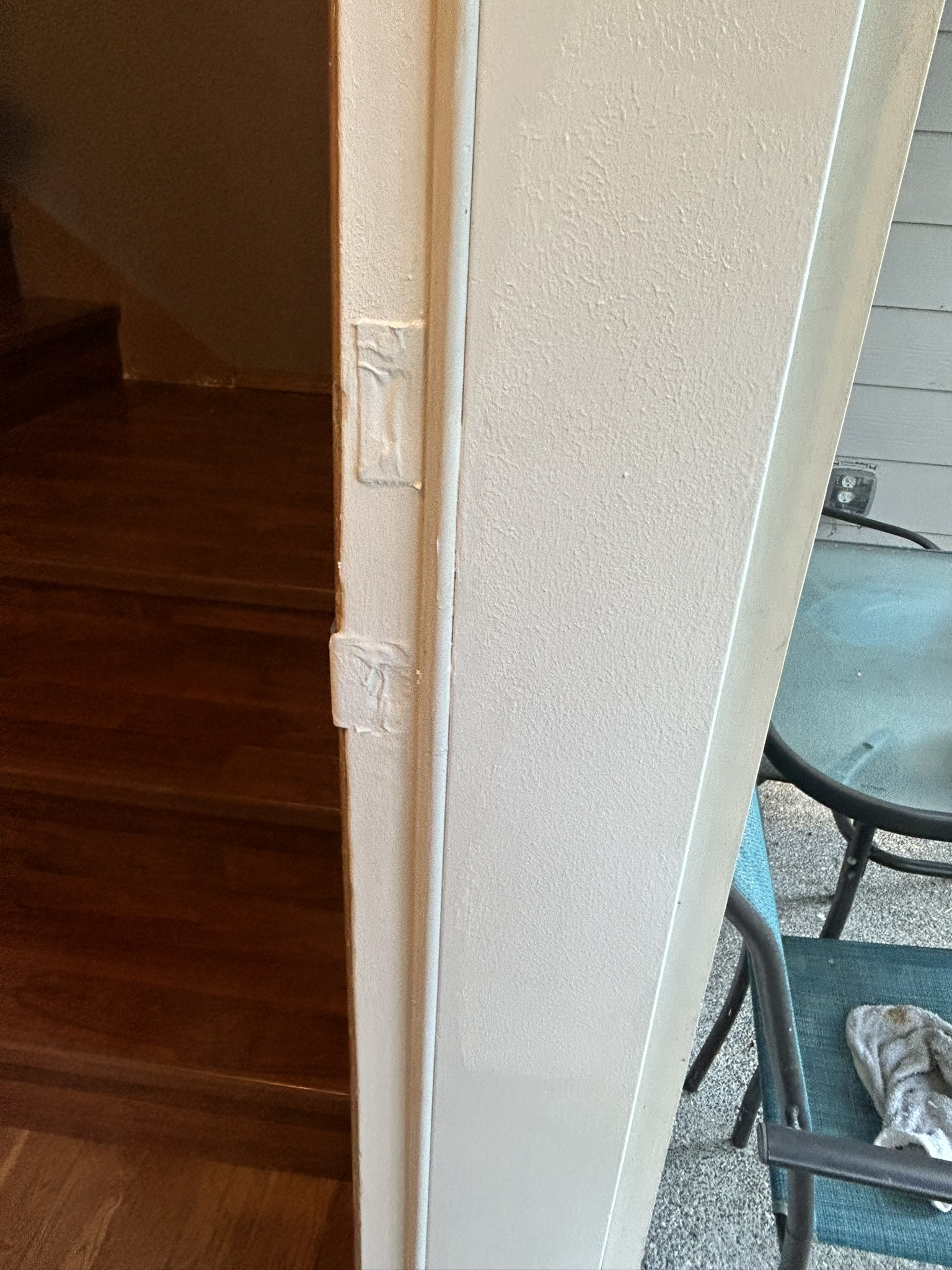
View more
Related project
Why Choose Cinch Builders for Door Jamb Repair
Understanding the Anatomy of a Door Jamb
Before you can repair a door jamb, it’s essential to understand its components. A door jamb is the vertical part of the frame onto which a door is secured. It plays a crucial role in holding the door in place and ensuring it opens and closes smoothly. Typically, there are two door jambs—one on each side of the door—and they are connected by a horizontal header, forming the door frame.
The door jamb supports hinges and accommodates locks, making it vital for security and operation. Damage can occur when these components are compromised. Common signs include misaligned doors and difficulty in closing or locking them. Recognizing these issues early can prevent further damage.
Knowing the components and functions of a door jamb can help you diagnose problems more accurately. It also ensures you select the right materials and tools for repair, saving time and effort.
Common Door Jamb Issues and Their Causes
Understanding what causes door jamb problems is the first step toward effective repair. One prevalent issue is swelling due to moisture, especially in wooden door frames. This can cause the door to stick, making it difficult to open or close. Humidity control and waterproof treatments are preventive measures worth considering.
Another common issue is physical damage from impacts, which can cause cracks or breaks in the jamb. This often occurs in high-traffic areas or where doors are frequently slammed. Additionally, natural wear and tear over time can lead to loosened screws or weakened structural integrity, requiring attention.
Shifting foundations or settling homes can also misalign door jambs. This structural movement may necessitate adjustment or full replacement, depending on severity. Regular inspection can help identify and address these problems before they escalate.
Gathering the Essential Tools and Materials
Before you begin your repair, ensure you have the right tools and materials on hand. Basic tools include a screwdriver, hammer, chisel, tape measure, and a level. These will help you disassemble and realign components. Power drills can expedite the process for more extensive repairs.
In terms of materials, you may need wood filler for minor cracks, replacement wood pieces for severe damage, and screws or nails for reinstallation. For aesthetic purposes, consider paint or varnish to match the existing door frame finish.
Having these essentials ready not only speeds up the repair process but also reduces the likelihood of errors. A well-organized tool kit can make a significant difference in the outcome of your repair project.
Step-by-Step Guide to Repairing a Damaged Door Jamb
- Assess the Damage: Begin by thoroughly inspecting the door jamb to identify all areas of damage. Use a flashlight to check for cracks, splits, or misalignments. Mark these areas for repair.
- Remove the Door: To access the jamb, you may need to remove the door by unscrewing the hinges. Carefully set aside the door to prevent any additional damage during the repair.
- Fix Minor Cracks: For small cracks, apply wood filler using a putty knife. Smooth the surface and allow it to dry according to the product instructions. Sand lightly for an even finish.
- Address Severe Damage: If the jamb is severely damaged, it might require cutting out the affected section. Use a saw for precision and replace with new wood pieces. Secure these with nails or screws.
- Reinstall the Door: Once repairs are complete, reattach the door to the hinges. Use a level to ensure proper alignment and test the door’s functionality by opening and closing it several times.
Tips for Preventing Future Door Jamb Problems
Preventative measures can save you time and money in the long run. Regular maintenance, such as tightening screws and applying a fresh coat of paint or sealant, can protect against moisture and wear. Checking for alignment issues periodically can help address potential problems early.
Humidity control within the home can prevent wood from swelling. Using dehumidifiers in particularly damp areas can be effective. Additionally, installing weatherstripping can help shield the door jamb from external elements.
Educating family members about gentle door handling can also prolong the life of your door jamb. Encourage them not to slam doors and to report any issues immediately for prompt attention.
Exploring Different Types of Door Jamb Repairs
Door jamb repairs aren’t one-size-fits-all. Depending on the damage, you may need to choose between simple touch-ups and more complex replacements. Understanding the scope of your repair project can guide your approach.
For cosmetic issues, like scuffs or minor dents, sanding and repainting often suffice. This quick fix enhances the door’s appearance without extensive labor.
Structural problems, like splits or rotting wood, require more intensive solutions. Replacing sections of the jamb or adding reinforcement might be necessary to ensure stability and security.
The Role of Professional Help in Door Jamb Repair
While DIY repairs can be fulfilling, some situations call for professional intervention. If the damage is extensive or involves electrical wiring (such as in automated doors), hiring an expert can prevent costly mistakes.
Professionals bring specialized tools and experience, ensuring a thorough and effective repair. They can also provide warranties on their work, offering peace of mind.
Consider consulting a professional if you’re unsure of the repair scope or lack the necessary skills. Their expertise can ensure the job is done right the first time.
Door Jamb Maintenance for Long-Term Home Improvement
Maintaining your door jamb is an ongoing process that contributes to overall home improvement. Regular checks and minor repairs can keep your doors functioning optimally, enhancing both security and aesthetics.
Establish a routine maintenance schedule to inspect your door jambs. Look for signs of wear, such as loose screws or fading paint, and address them promptly.
By staying proactive, you can extend the lifespan of your door jambs and maintain the value of your property. A well-cared-for home reflects positively on its owner and can make all the difference in curb appeal.
Conclusion
Door jamb repair is more than just fixing a part of your home; it’s about ensuring security, functionality, and aesthetic appeal. Whether you’re a homeowner, DIY enthusiast, or handyman, understanding the intricacies of door jamb repair empowers you to tackle this common issue with confidence.
By following the steps outlined in this guide, you can address door jamb issues effectively and prevent future problems. Remember, regular maintenance is key to preserving your home’s integrity.
For those who wish to explore further, consider joining home improvement forums or subscribing to DIY magazines for continued learning. The more you know, the better equipped you’ll be to handle repairs and renovations in the future.

